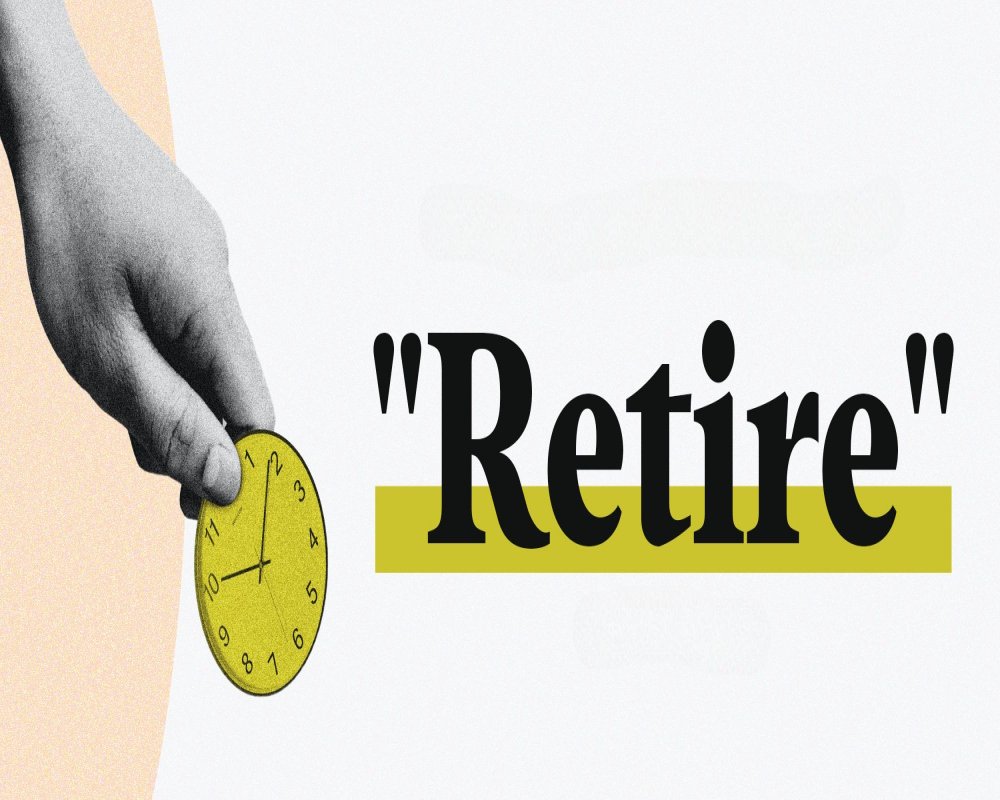1. Business Dissolution
The sole proprietorship ends upon the owner’s retirement, unless:
- The owner sells or transfers the business to someone else.
- The owner restructures it into another entity (e.g., partnership, private limited company) before retiring.
Since the identity of the business is legally tied to the individual, retirement generally means the end of the business.
2. Settlement of Financial Matters
- All liabilities and debts must be cleared before or during the retirement process.
- The owner must settle dues to creditors, vendors, and employees (if any).
- Assets of the business (inventory, property, etc.) may be liquidated or transferred to a buyer or family member.
3. Tax Implications
- The final year of operation must be reported to the tax authorities.
- All dues and filings must be completed under Income Tax and GST (if applicable).
- If the business is sold or assets transferred, capital gains tax may apply.
4. Transfer to Family or Successor
- A sole proprietorship cannot be directly inherited or transferred like a company.
- However, the assets and goodwill can be transferred to a legal heir or any other person.
- The new individual must re-register the business under their own name or legal structure.
5. Restructuring Option Before Retirement
If the owner wishes to ensure business continuity, they can:
- Convert the sole proprietorship into a Partnership Firm, LLP, or Private Limited Company.
- This allows the business to exist beyond the owner’s retirement, with new partners or directors.
6. Notification and Closure
- Notify concerned departments (Municipal/Shop Act, GST, MSME, etc.) about closure or retirement.
- Close any bank accounts registered in the business’s name.
Inform customers and vendors to maintain a clean exit and safeguard reputation.


0 Comments